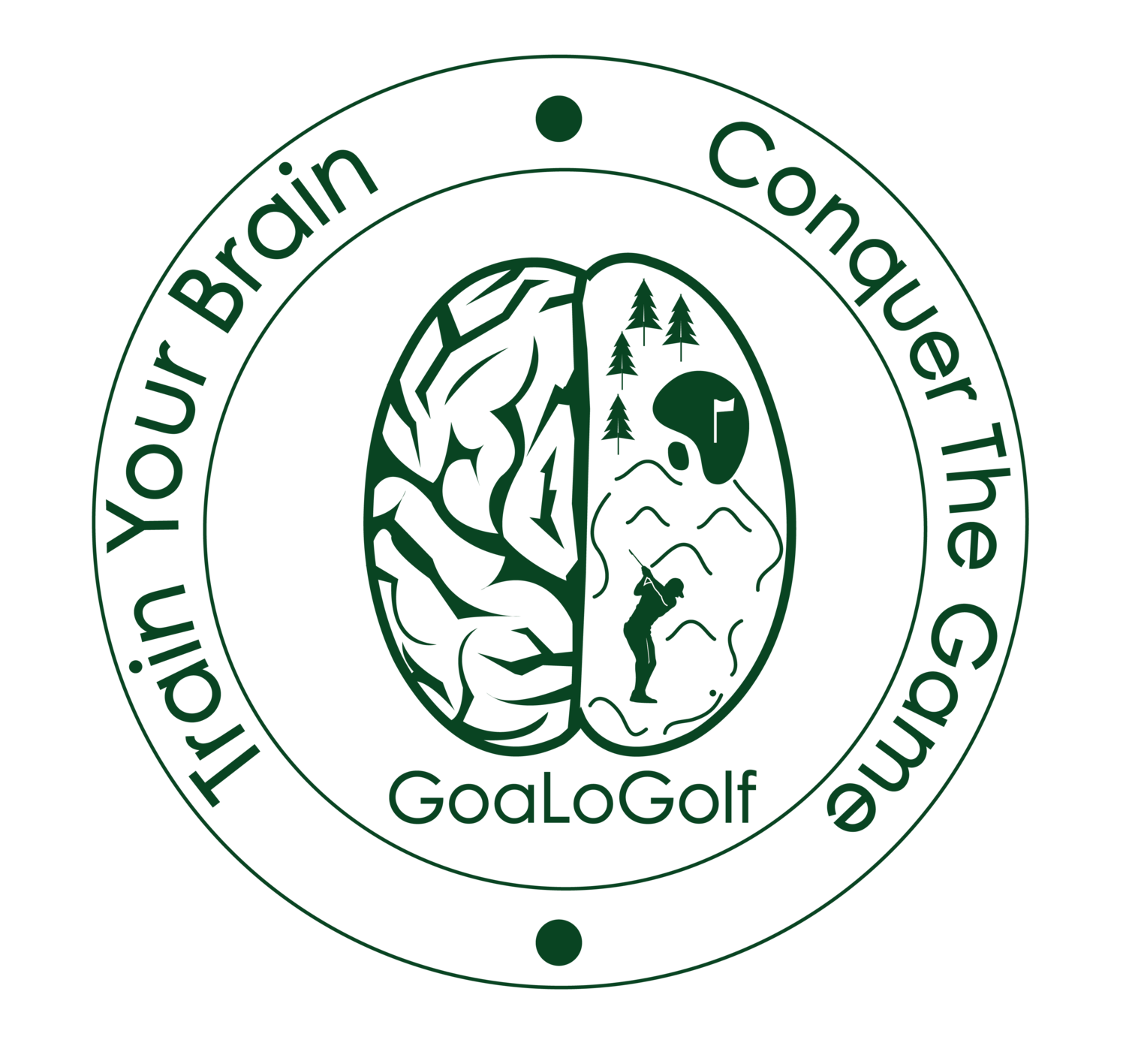Say you have been playing golf a long long time. Say you were pretty good at it once upon a time. Say you are a perfectionist who constantly wants to get better. Say you tweak swing mechanics to improve and try to honor what your body is telling you along the way... But say, in so doing, you run across a bug in the Matrix...
The hosel rockets and yips are a constant source of mystery and much consternation. People even believe that watching other people with the yips can INFECT them and they typically want nothing to do with watching it, fixing it or even talking out loud about it. If you've been around golf a while, you've no doubt heard stories of famous golfers developing these conditions and having to quit the game for good. To a neuroscientist the yips are not all that mysterious. As with many disease processes, the underlying causes are multifactorial, and attacking the specific underlying circuit malfunction FOR YOU with informed practice is the way toward the cure. Curing the yips can be hastened with a simple fundamental understanding of the neural circuitry involved in the process of making a golf shot. Using this fundamental understanding as a basis for diagnosing the CAUSE of your yips leads to fairly straightforward ways to solve the problems.
In this series of blogs we explain each system and the ways it goes wrong and provide a drill or two that can help you see you game. We start with the brain's GPS.
Target acquisition difficulty
Your brain has a GPS system built into it. It helps you recognize where you are in space and where things in your environment are and forms a model of this so you can use it predictively to accomplish tasks. Find the bathroom half-asleep, give someone directions to your living room from your kitchen without having to lead them by the hand, represent a golf target so your motor program has something to plan towards. Problems with your brain's GPS can lead to errors in shot-making. The place, grid, boundary and head direction cells that form the core of the GPS can come uncoupled from their actual physical representations and start to lose fidelity. For some, this loss of fidelity can lead to second-guessing during the swing, altering swing mechanics based on a perceived "better" target and inappropriate activation of muscles that outwardly resembles a "twitch." If you have trouble retaining the target in working memory when you step over a shot, your GPS may need tuning. I suggest the following drill.
Drill: Visit the target! For a short game practice session make it a habit to physically visit the target of your shot (notice I didn't say the hole). The entorhinal cortex saves the bulk of its circuitry for your immediate vicinity (typically less than 20 yards). The only people that need precision and accuracy of mere inches or feet at 30-50 yards or greater are golfers, archers, snipers, etc. (See upcoming posts for a discussion of the difference between precision and accuracy)
In order to enhance your existing GPS function take a trip to the area where you want the ball to end up and imagine how it will get there. Then go back to the ball and prepare to hit the shot. Ask your practice swings to answer the question: Will this attempt result in the shot I imagined? Answer the question with your practice swing (not cognitively) until you're fairly confident that answer is yes. Then hit the shot with a swing as close to that "correct" practice swing as possible. If you are near scratch take only one shot, handicap 5-10 you get a second try, handicap more than 10 you may if you choose take up to 3 tries but remember that in the game of golf you only get one chance.
Assess the outcome of your body movement in practice with respect to the body movement for the actual swing BEFORE you look at the outcome of the shot. Repeat this process from different locations around the green to different targets on the green each time. It helps to get away from precut hole locations and stick tees in the ground for your "pin target." This is because, just as Google Maps loads on your phone from low resolution to better and better clarity, so too your entorhinal cortex is working to learn your surroundings without you "knowing" it. The longer you spend in one spot, the better the representation. But golf doesn't allow you to stay in one spot, so simulate the game by at least moving targets and positions (and even green complexes) as your particular practice facility allows. This type of approach will help you solidify the connection of the GPS circuitry with the motor program while simultaneously training the GPS to do a better, quicker job at acquiring the surroundings in a representation that can lead to great shots.
Send us feedback about your experiences with this drill at sangoram at goalogolf dot com and stay tuned for more posts on the other components of the brain that need tuning to cure the yips!
